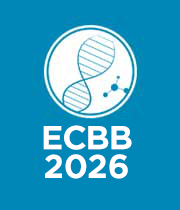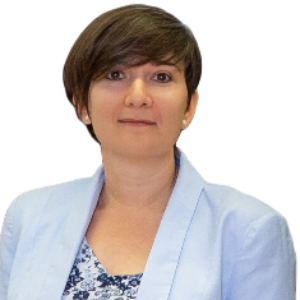Title: Process planning optimization of holes drilling using genetic algorithm
Abstract:
The production efficiency has an important role for each manufacturing process, especially in the process of drilling a large number of holes, where production depends on the time required for drilling. The tool path optimization during the drilling is necessary because it leads to increase productivity and to save production costs, especially if the tool which performs drilling operation must visit a significant number of places. Solving the optimization problem of tool path has an important role especially at mass production because reducing the time to perform one work-piece ultimately leads to a significant reduction in cost of the entire series of products. Determination of drilling sequence is similar to the Travelling Salesman Problem based on finding the shortest path, where each city is visited only once and when it is known the distance between each city. Travelling Salesman Problem is one of the best known and most extensively studied combinatorial optimization problems and it is classified as NP (nondeterministic polynomial time) - hard problems. A Genetic Algorithm (GA) is used in order to minimize the path length, i.e. to reduce the total time of the tool path. Genetic Algorithm is the optimization method based on the natural evolution, with the basic idea of survival the best individuals in the population. Unlike most of the deterministic algorithms, GA does not start search from the one point of solution, but from a whole range of potential solutions that are usually randomly generated and represents the initial population of the genetic algorithm. Depending on the given problem, goodness defined in fitness (objective) function, are determinate to the initial population. In every generation chosen solution is closer to the optimum in comparison with other members of the population, while inferior solutions were rejected. Selected solutions are subjected to genetic crossover and mutation operators in order to create a new generation. The procedure is performed iteratively until the stopping criterion is met which is defined by the user. With the proposed GA algorithm, a satisfactory solution was achieved in a relatively short time, and the algorithm has shown that is reliable to use. The solution of the problem was achieved using the MATLAB software.
Audience Take Away Notes:
- The audience will get the basic knowledge about the used method and learn about the possibility of using optimization method on other engineering problems
- By reducing the time of planning and the technological process time
- Yes, there are many parameters that can be optimized which lead to reduce the total production time and costs for multiple hole drilling and similar engineering problems
- The results of Genetic Algorithm optimization method, achieved by criteria of minimum tool path, leads to saving of technological time and reducing the total costs of production



